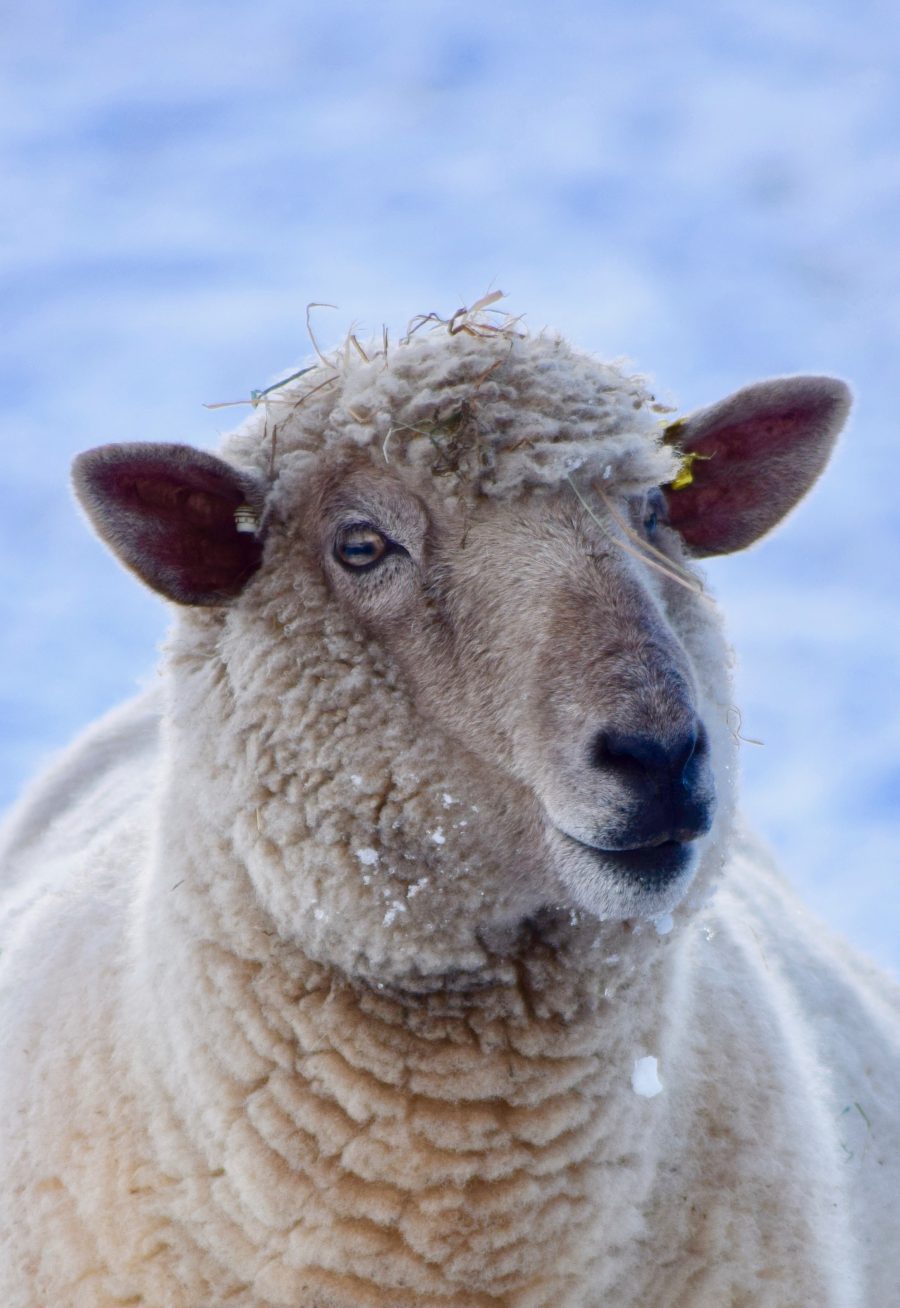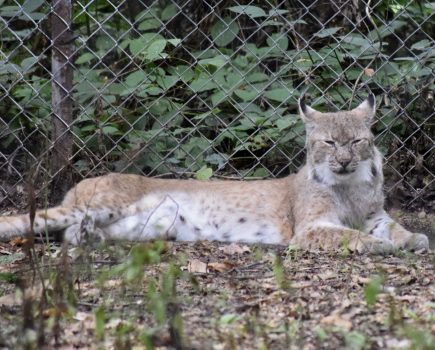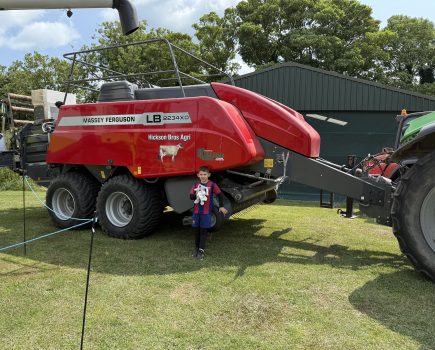At the time of writing our lambing is well underway; a time that is judged by many to be period of fairly frenetic activity, an assumption that is not always the case. It is a time that can be busy, tiring and often rather stressful, with bursts of hectic activity, but one that is often punctuated with significant periods of relative quiet; time spent simply waiting for things to happen.
Lambing outside, my ideal is simply to turn up on one of my regular visits over the course of the day to find a ewe having done it all unaided, with a nice pair of lambs at foot, licked dry, up and suckling, but we do not live in a model world. If, on arrival, a ewe happens to be somewhere along the path to delivery I am reluctant to leave until the lambing process is completed and lambs safely delivered, particularly in adverse weather. This generally entails stepping back and monitoring progress discreetly from an appropriate distance.
Although I have always lambed outside, I do have a little shed with mothering pens, providing a useful spot and bit of shelter to retire into while waiting; that, of course, is in addition to its main function as a valuable facility for ewes and lambs to be drifted out and penned in for 24 hours or so to ensure a good ewe/lamb bonding before tagging, tailing and a return to grass.
I have never been tempted to hurry lambing; my approach has been that it is very much better to let things take their natural course, although necessary assistance will be proffered where there is a genuine concern, straightening a leg or a hung elbow or providing a bit of traction for a tight delivery etc. But, as far as I am concerned, unnecessary assistance is unwarranted interference. It has long been established that assisted lambs are more susceptible to death from infectious diseases, in fact some 20% more susceptible than those delivered unaided.
Anyway, while waiting and watching once tagging and tailing are up to date, empty pens mucked out and disinfected, there is a limit to just how much weighing out of feeds, tidying up, etc. that there is to do; as a result the mind wanders to such things as: “Why the heck am I doing this at 10.30 on a cold, wet night?” for example. But, being one with an interest in animal behaviour, thoughts often turn to just what is a sheep – in the “what makes it tick” sort of way.
Ask any member of the general public, and some farmers, what a sheep is and most will be of the view that they possess a relatively limited cognitive capacity and are unthinking and simple creatures; a view that could not be further from the truth.
This sort of opinion has been the downfall of many a novice sheep keeper, particularly when they first discover that they have been out thought and out manoeuvred by their own ovine charges.
Part of the misconception may arise from their habit of following each other “like sheep”, often used as a derogatory term, but which is simply part of natural flocking behaviour. Even for the more experienced sheep keepers, there will be occasions when many who have dared to think they have really begun to understand their sheep are caught wholly wrong footed by some completely unexpected and atypical behaviour. It is often said that the only predictable thing about sheep is in their unpredictability.
From the ethological point of view, sheep are really quite complex characters, capable of recognising 50 or so different faces, be they other sheep or humans, with quite complex social interactions within both flocks and families. A good example of the latter occurred during this year’s lambing. We had a teg produce a lovely pair of twins one evening, and as I walked her up to the mothering pens an older ewe became quite agitated, not trying to steal a lamb, but following on and calling constantly.
I fully expected on a return visit later that night to find that the older ewe would have lambed, but not so; she didn’t lamb for several more days. In order to get some explanation for her strange, somewhat out of character behaviour, I noted her number and looked her up when I returned home, only to find that she was the mother of the teg that had lambed; motherly concern? Or is that being anthropomorphic?
In addition to recognising similarities, are sheep also able to determine differences? We have for a number of years crossed a few of our Lleyn to a Suffolk ram, producing lambs with speckled faces which, as they grow, even though their mums are pure Lleyn, have a strong tendency to associate most readily with other cross bred, speckle faced lambs rather than with the pure Lleyn lambs. The implication (not very scientific) is that they recognise that they are different, a sign of a sense of self?
Sheep are also quick to learn, sometimes rather too quickly, particularly, as any sheep producer will attest, where food is involved. I remember how, in my lecturing days, the college ran a specialist sheep course; each year we would draw a dozen or so of the milkier Friesland x Romney ewes from the January lambing flock after weaning the lambs at six weeks, the selected ewes joining a small milking flock.
The first year it took several milkings to train the ewes to mount the milking platform of the parlour we had built, helped considerably by being tempted with a little food. In subsequent years, just as long as there were a couple of ewes with experience of the parlour from the previous year, no training was required, even with novice ewes who learnt readily from those who remembered their previous experiences; it was, for all concerned, certainly a much easier and less stressful process than training freshly calved heifers in a milking parlour.
For more like this, sign up for the FREE South East Farmer e-newsletter here and receive all the latest farming news, reviews and insight straight to your inbox.







